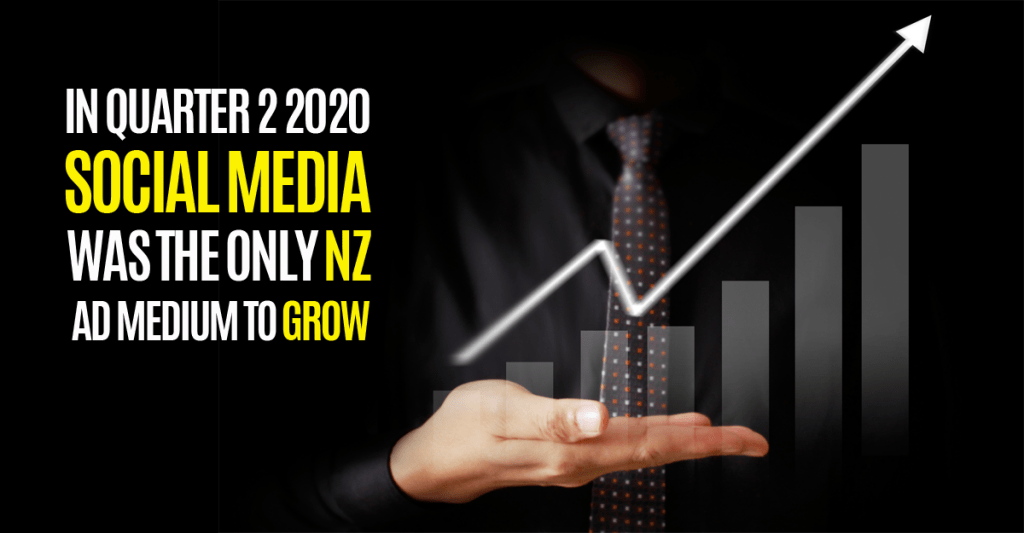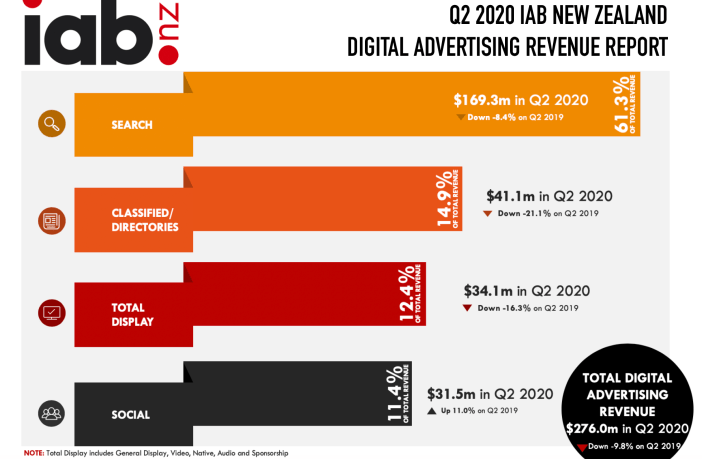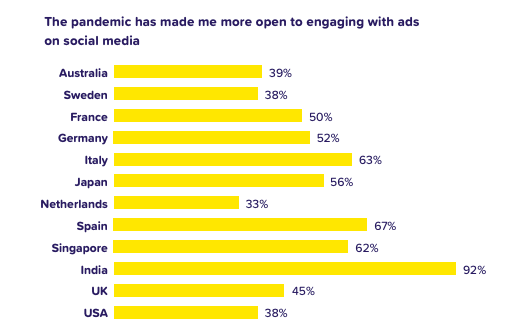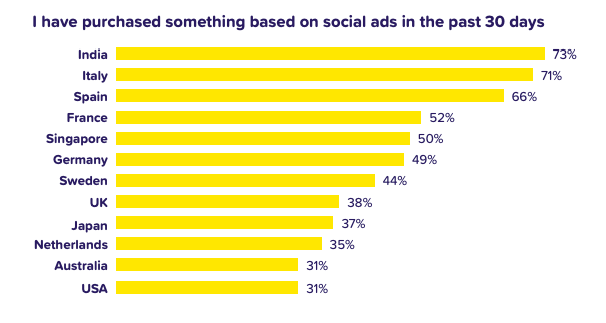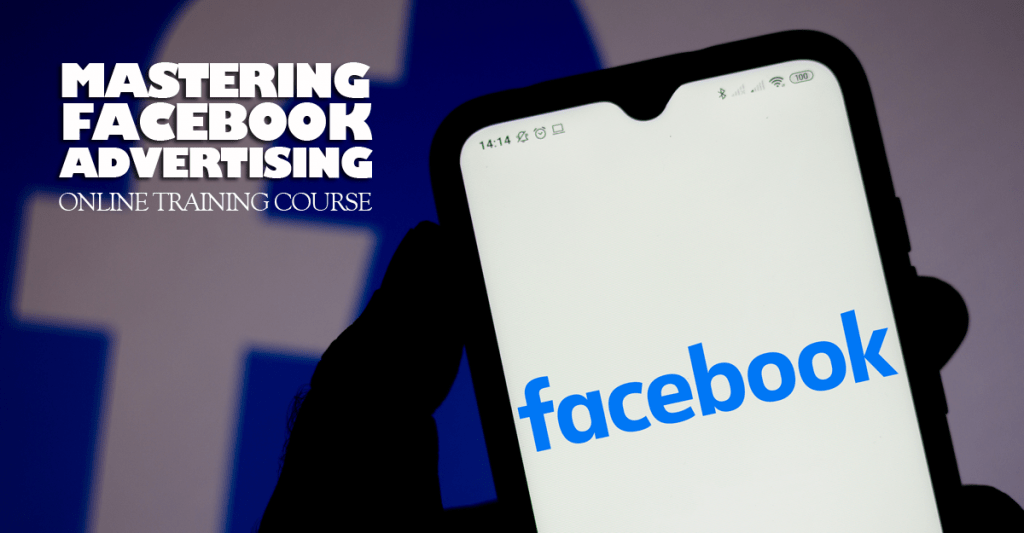We all know how tough the pandemic was on the advertising media, savaging revenue whilst still demanding more and more content.
Now the first stats are in and we find that, despite the coronavirus-inflicted lockdown, social media advertising spend for Q2 2020 (April-June) was up 11% when compared to Q2 2019.
That’s despite overall digital advertising expenditure for the quarter being down 9.8%.
Most of that social media spending would have been earned by Facebook, either on its Facebook or Instagram platforms.
Globally, over the same second-quarter, Facebook saw a similar increase, up 10% year-on-year.
That’s in line with increases in usage:
- Facebook daily active users (DAUs) – DAUs were 1.79 billion on average for June 2020, an increase of 12% year-over-year.
- Facebook monthly active users (MAUs) – MAUs were 2.70 billion as of June 30, 2020, an increase of 12% year-over-year.
Facebook, in its latest quarterly report, had this to say about the increased usage:
Engagement
Facebook DAUs and MAUs in the second quarter of 2020 reflect increased engagement as people around the world sheltered in place and used our products to connect with the people and organizations they care about. More recently, we are seeing signs of normalization in user growth and engagement as shelter-in-place measures have eased around the world, particularly in developed markets where Facebook’s penetration is higher. Looking forward, as shelter-in-place restrictions continue to ease, we expect the number of Facebook DAUs and MAUs to be flat or slightly down in most regions in the third quarter of 2020 compared to the second quarter of 2020.
Overall, ad spends are down around the world for the first half of 2020:
- US down 10%
- UK down 12%
- Germany down 12%
So why did social media advertising expenditure increase?
A report by Smartly.io (explored by Clickz) suggests these key factors:
1 Lower Costs Per Click
The increased use of social platforms from users during lockdown led to a decrease in the advertising cost. Many industries benefited from this sudden change making the most of the reduced competition and the cost-effective ad results.
2 Desire for Useful Content from Brands
One-third of consumers want brands to share relevant messaging that is useful during and post the pandemic.
3 More Open to Engaging
The pandemic made consumers more open to engaging with ads on social media.
4 More Social Shopping
With the pandemic-encouraged switch to online shopping, consumers are making more purchases through social than ever before.
In New Zealand, in whatever Alert Level we find ourselves, we can expect to see continuing high usage of social media. Thanks in part to Covid 19 and the lockdowns, social media has just become a safer connection method for more Kiwis, of all ages, a way to keep in touch whether you live nearby or halfway around the world.
So that simply means that more and more New Zealand businesses should be using social media to connect with their existing and prospective customers.
And, as most Kiwi businesses know, if you want to get seen by more than a few percent of your followers, you have to PAY to promote your posts.
Unfortunately, just paying to promote your Facebook posts is not enough.
IF YOU pay to promote posts that no-one wants to read
Guess what, no-one will read those posts even though you’re paying to show them to your followers.
IF YOU use poor creative content that doesn’t attract attention
You’re just flushing money down the drain.
IF YOU make offers that don’t appeal
Sorry, your advertising won’t convert into sales.
IF YOU target the wrong audience
Your ads just won’t work.
IF YOU use the wrong Facebook ad objectives
Prepare to be very disappointed.
What makes a successful Facebook Ad in 2020?
The good news is, we don’t have to guess. AdEspresso has analysed 752,626 Facebook ads, crunched plenty of numbers and emerged with the five key elements of successful Facebook Ads.
We’ve included the results of that research, along with plenty of other up-to-the-minute insights, into our online training course, “Mastering Facebook Advertising“.
In this nine-part online training course, we will take you step-by-step through what you need to know to understand and master Facebook Advertising.
Lesson One: Getting Started
In this lesson we introduce you to the principles and practices of Facebook Advertising, and take you on a tour through Facebook Ads Manager (which is the tool that most of Facebook’s six million advertisers use to advertise on Facebook). We also discuss:
- why you shouldn’t just boost your Facebook posts and expect to get effective results
- the key differences between Google Ads and Facebook Ads and why they matter to you
- the limitations faced by New Zealand advertisers compared with our foreign counterparts
- how (if you’re not careful) you can end up competing with yourself and drive up your Facebook advertising costs
- an analysis of the New Zealand Facebook marketplace
- why mobile is so important with Facebook (and why that matters to you)
Lesson Two: Setting Campaign Objectives
When you first start an advertising campaign on Facebook, you’ll be offered a range of possible objectives for your advertising. In this lesson, we deconstruct each of the offers on tap, consider how they might help or hinder your campaign and review:
- the surprising importance of Awareness campaigns for your future success
- why you shouldn’t just go straight after Conversion and Sales objectives
- when, where and how you should trust Facebook to meet your objectives (and when you shouldn’t)
Lesson Three: Targeting
Facebook has such rich data about its users that you can use to laser-focus your advertising on the people that you most want to target. It’s both an asset and a liability, because if your targeting is based on assumptions, you might be advertising to exactly the wrong people. In this lesson, we explore:
- the comprehensive sets of filters available to you to segment your audience
- the enhanced capabilities that are NOT available to NZ businesses (and how you can compensate instead)
- how you can reach out to your own customers and prospects through Facebook Custom Audiences
- the surprising implications of Europe’s GDPR (General Data Protection Regulation, introduced in May 2018) for New Zealand targeting on Facebook
Lesson Four: The Offer
All offers are not alike on Facebook. To understand what works on NZ’s most popular social network, we need to review some of the key elements of social shopping. In this lesson, we review:
- The 10 most important factors that consumers look for when deciding whether or not to buy from you (and how you can improve each aspect)
- The five most attractive offers that you can make, to close a sale
- The six factors that consumers are most likely to consider when comparison shopping
- The four most-important offerings you can provide that will have consumers recommending you to their friends
- The five most likely reasons why consumers abandon their shopping cart in the middle of a purchase
Lesson Five: Advertising Creative
By now, you’ll be unsurprised to learn that all advertising is not alike on Facebook. In Lesson Five, we review the ads that work (and those that don’t) on Facebook. Included in this lesson:
- identifying the most effective types of visual elements for Facebook Ads
- when and how you should use video in your Facebook Ads
- determining the copy elements that will work best to meet your objectives
- establishing an effective Call to Action
- considering the most important components of the Landing Pages (where you send people after they click on your ads)
Lesson Six: Remarketing and the Facebook Pixel
Remarketing — adding a Facebook pixel to a website outside Facebook, so that Facebook can track the journeys of those who click on your ads — is the key to truly understanding and segmenting your prospects. In this lesson, we give you a solid understanding of the benefits of remarketing and share how you can:
- use remarketing to truly customise your Facebook Ads for your visitors
- reach out again to prospects who visited your website but didn’t buy
- follow up with prospects who made an enquiry or downloaded an ebook but have yet to buy
- avoid wasting money, by not advertising again to those who did buy
- remarket to visitors who have already liked your Facebook page
Lesson Seven: Measuring the Performance
Facebook Advertising creates a LOT of data, and the sheer scale of the information can be overwhelming. In Lesson Seven, we show you how to focus in on the key metrics that matter, and how to interpret that information to guide your future activities. In particular, we recommend that you track:
- who saw your Facebook Ads
- who clicked on those ads
- the percentage who then took the desired action
- the comparative Costs Per Click and Costs Per Conversion (and how to evaluate the effectiveness of your ads as a result)
- the Lifetime Value of your Facebook-generated customers
Lesson Eight: Testing
Testing should be an essential part of any Facebook Advertising campaign. In this lesson we explain how to set up robust testing procedures for your campaigns and what represents appropriate sample sizes for each test. We also discuss:
- which elements you might test (and why)
- how and why you should only test a single element at any time
- how to determine which variant is working and which is not (hint: it can be more complex than you think)
- how much data you need to determine the outcome of a test
Lesson Nine: Creating Effective Facebook Posts
Finally, we review the types of posts that you should consider promoting with Facebook Ads, accompanied by a wide range of examples, including:
- Plenty of stories from local and international businesses who are using Facebook effectively
- The hotel chain that has twice as many people talking about it as the chain has followers
- The radio station that has truly mastered the art of Facebook
- Examples of posts that really tug at the heartstrings
- The Facebook page that had 247,756 Facebook likes but managed to get 775,600 people talking and 160,000 people sharing
- Practical posts that get people sharing
COURSE CREATION AND TUTORING
This course has been created and is tutored by Michael Carney, longtime marketer and author of six books (including the top-selling book “Trade Me Success Secrets”, now in its Second Edition). Michael is also the creator of a number of other online courses and consults on many digital business initiatives.
This is an online course, conducted on a web-based e-learning software platform, enabling course participants to proceed at their own pace, accessing materials online. This particular eCourse provides content in a variety of multimedia forms, including videos, slideshows, flash-based presentations and PDF files. No special software is required to participate.
Course lessons will be provided in nine parts, for participants to access in accordance with their own timetables.
CUSTOMER FEEDBACK
Feedback from previous Social Media Marketing online training course participants:
- “this was the best professional development course I have done in many years” – Mark R, senior Agency Exec responsible for social media
- “thought the information within was outstanding” – Ed P, General Manager
- “What I loved was that I started with a fairly rudimentary understanding of social media but have learned a lot – including where to find more information as I need it.” – Fiona W, Marketing Manager
- “I found it relevant, informative, topical, insightful and a bloody good read. It’s never evangelical, too techy, patronising, assumes that you know too much or too little about digital and has a warm sense of humour in the communication throughout which helped faciliate the learning process for me.” — Adrienne B, new media senior executive
- “Thanks for pointing me in the direction of this course! It’s been extremely enlightening” — Shayne P, design agency director
- “Rapt with what I have seen of the course” — Julia R, fashion editor
- “I’m really enjoying the course – learning a lot – and I know the two friends I persuaded to join us are also loving it.” — Lavinia C, designer
- “Am thoroughly enjoying the content!” – Kara B, magazine co-ordinator
- “I completed the first lesson today and found it really interesting and love the interaction already! I am so looking forward to the second lesson already …” — Annette B, public relations director
- “I was already engaging with social media and have been doing so for about 6 years or so. But, did I know how to use social media in a marketing and business sense? No, I simply did not. This course was a great way to show me how to do that.” — Sheryl K, online marketer
WHO SHOULD TAKE THIS COURSE
Any Business Owner or Manager, Marketing, Advertising, PR or Communications professional who, while they may have a fair knowledge of Facebook, realises that they need to know more about Facebook Advertising.
TIMING
This course begins on Thursday 31 October, 2024.
INVESTMENT
This nine-part eCourse is available for $697+GST. However we offer a $100 Early Bird Discount for bookings received and payment made by midnight on Thursday 24 October, 2024. Pay only $597+GST for this course!
Bookings are confirmed on receipt of payment, which can be by bank deposit or credit card. We can raise an invoice in advance if you need it.
To reserve your place in this course, please pay by credit card through PayPal by clicking here.
If you would prefer to pay by bank deposit, or require an invoice before making payment, please send an email to info@socialmedia.org.nz with details of your request.
(The service provider will be shown as Netmarketing Courses in your transaction and on your credit card statement).
WHAT HAPPENS NEXT?
Your booking will be confirmed by email (if you have not received a confirmation within 24 hours, feel free to email info@socialmedia.org.nz).
On the first day of the course you will be supplied by email with login details and Course Notes for Lesson One.
